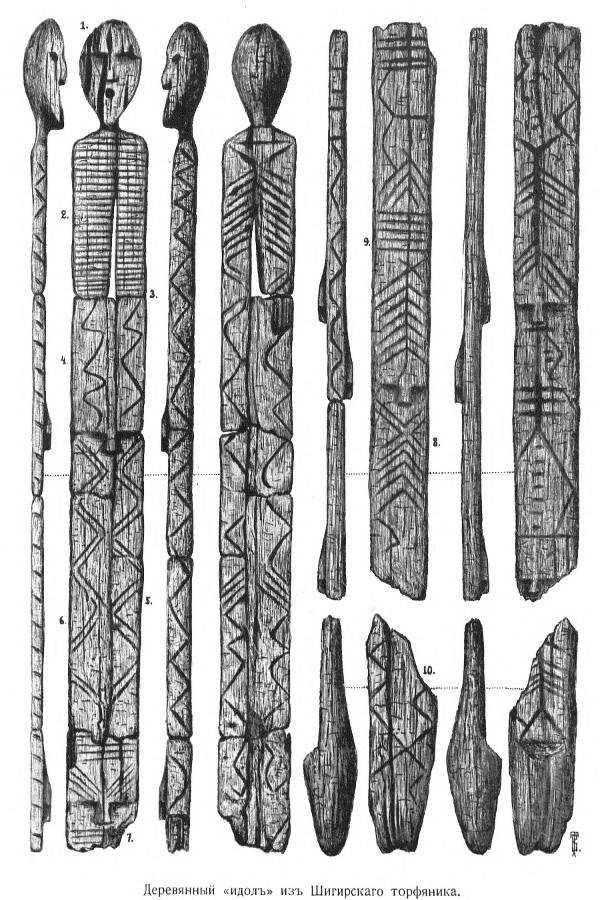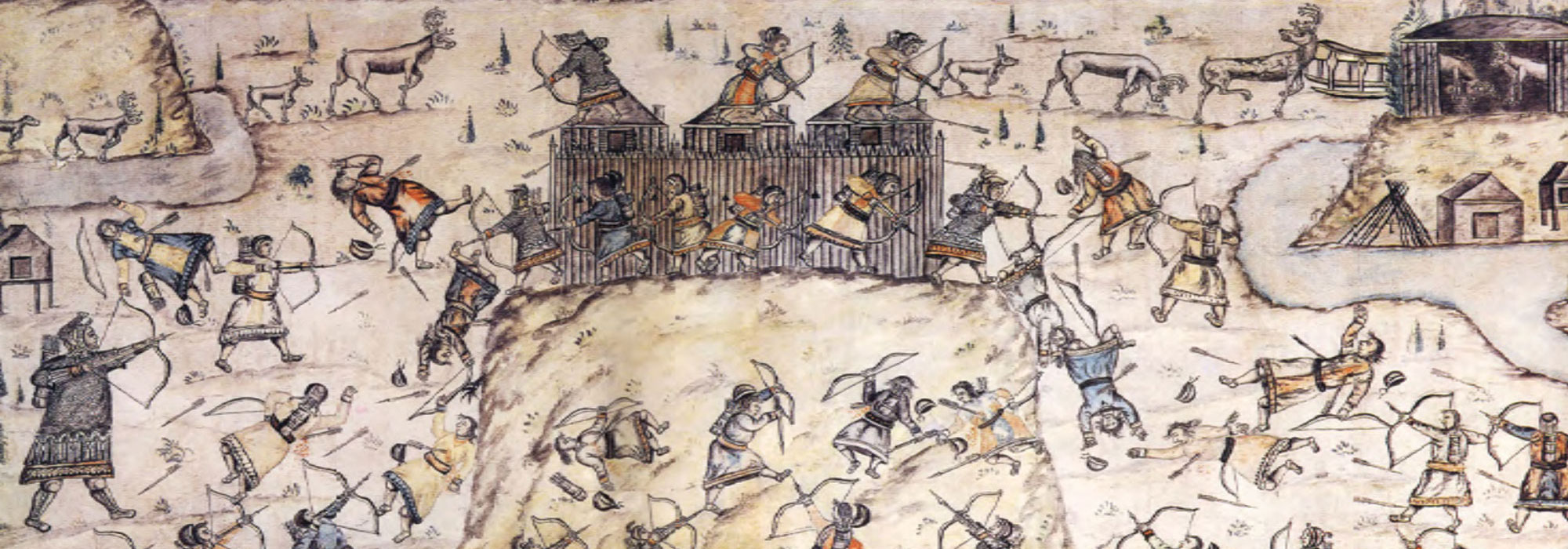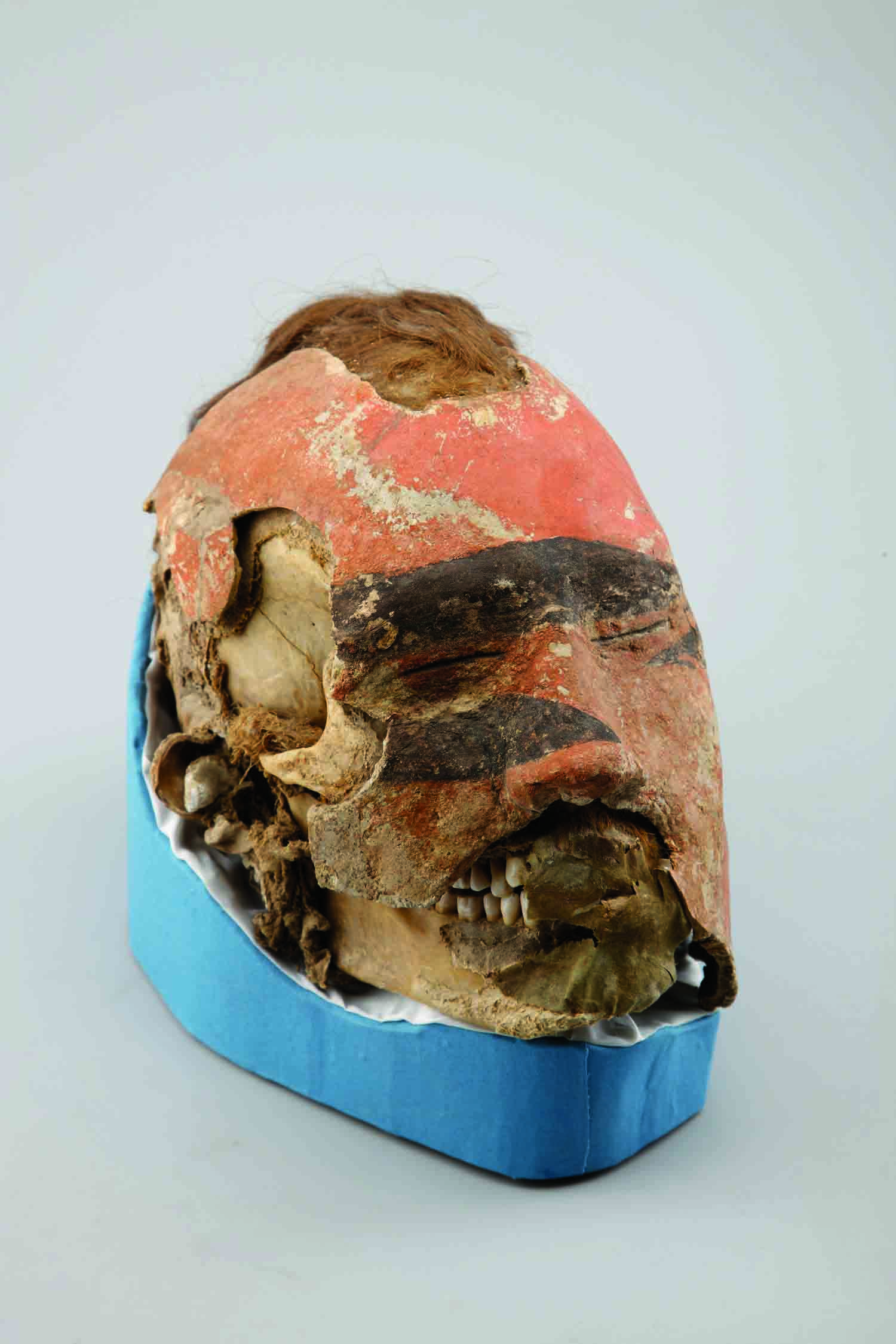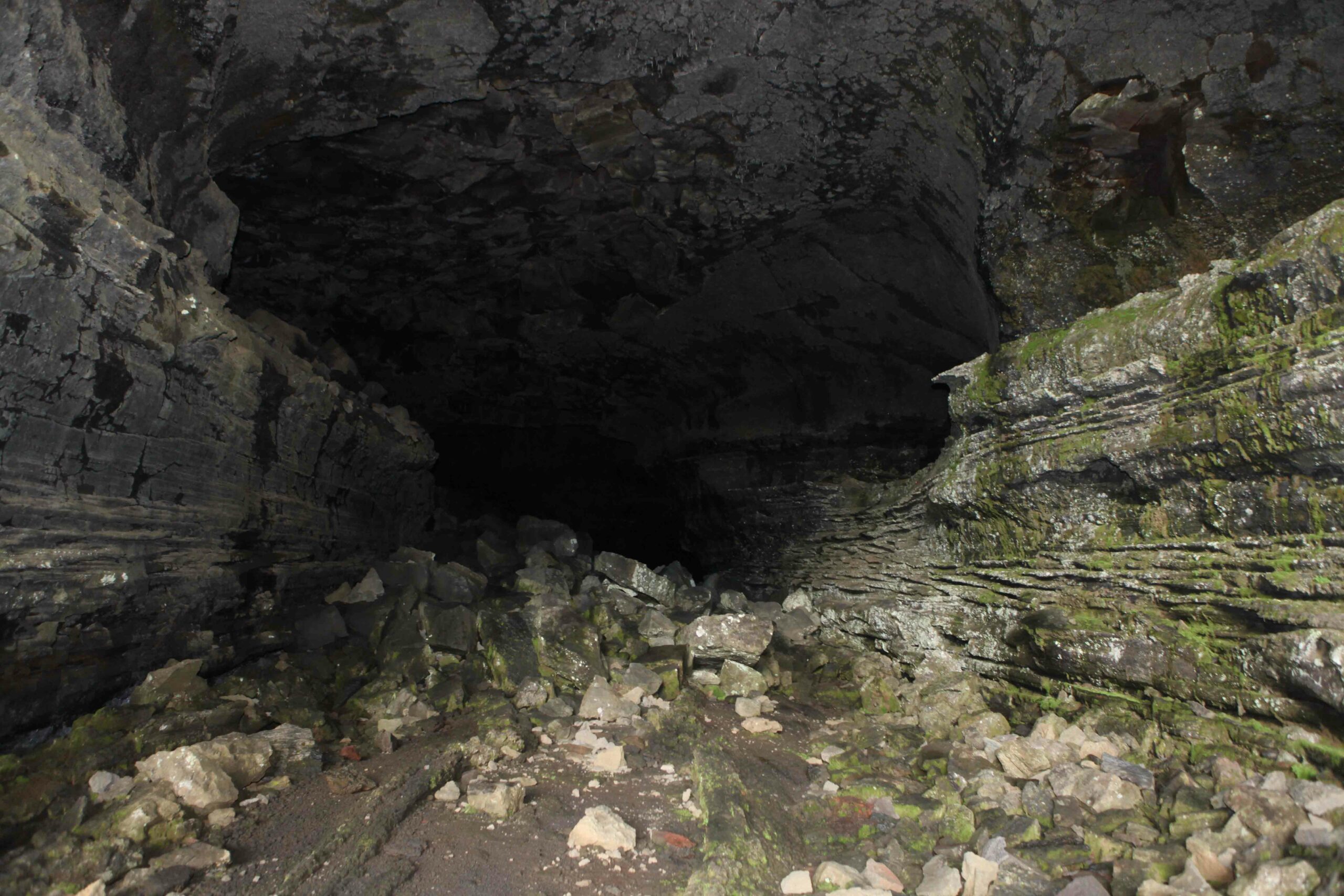
YEKATERINBURG, RUSSIA—According to a report in The Siberian Times, the 11,000-year-old Shigir Idol, a wooden statue discovered in a peat bog in the Ural Mountains in 1890, was carved with stone chisels and the lower jaws of beavers. Mikhail Zhilin of the Institute of Archaeology at the Russian Academy of Sciences said that to create the sculpture, the surface of a larch tree was polished with a fine-grained abrasive, and then carved with at least three chisels of different sizes. The statue’s faces, one on the head at the top of the carving, and several placed along the sculpture, were carved with beaver teeth, held in place in the jaw. “If you sharpen a beaver’s cutter teeth, you will get an excellent tool that is very convenient for carving concave surfaces,” Zhilin explained. Such a beaver-jaw tool has been found at an archaeological site in the Ural Mountains region. For more, go to “Medieval Russian Memo.”










